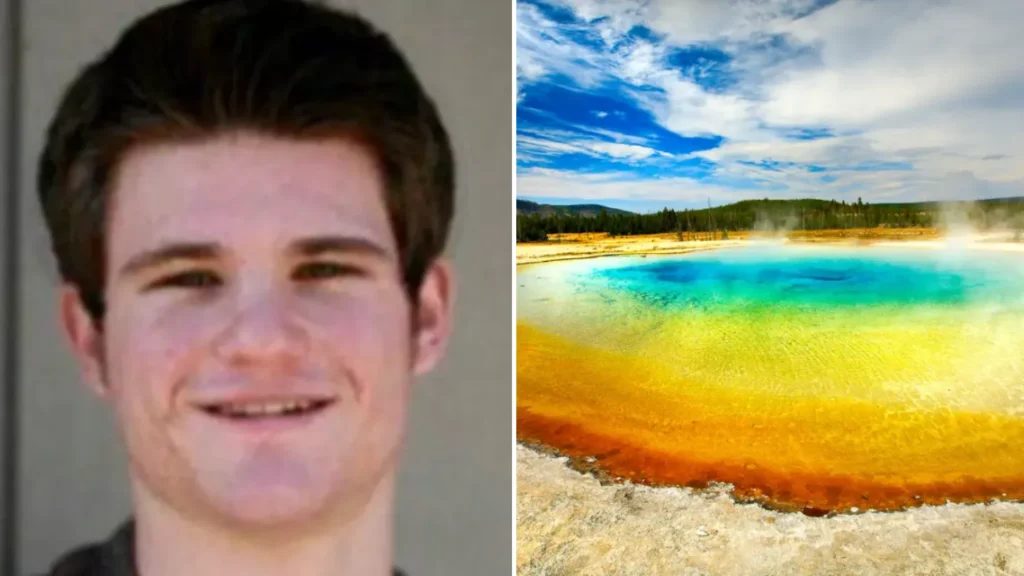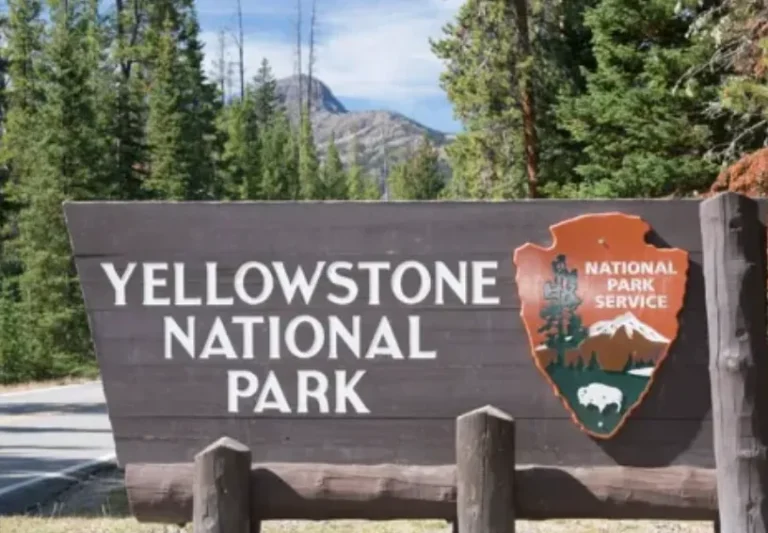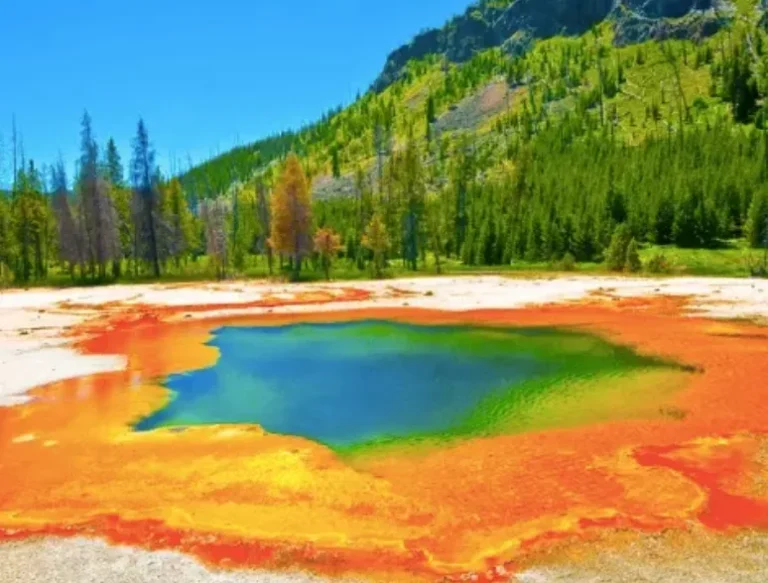
cover 21
Yellowstone National Park offers visitors a wide array of breathtaking natural wonders.
However, alongside its scenic beauty, the park is home to some of the world’s most dangerous geothermal features.
Despite clear safety warnings, some visitors take risky actions in pursuit of the perfect photo.
A recently surfaced viral image has reignited debates over reckless behavior by tourists within the park.
One tourist was photographed sitting dangerously close to a boiling hot spring, flashing a thumbs-up while perched near the hazardous edge.
The image quickly went viral on social media, sparking swift backlash from both the public and park safety experts.
Many commenters condemned the behavior as highly reckless, describing it as a blatant disregard for established safety protocols.
One concerned user remarked, “One wrong move and this could have ended in disaster.”
Yellowstone’s geothermal features, while visually captivating, pose serious risks to visitors.
Some of these hot springs can reach blistering temperatures of up to 92°C (198°F), surpassing the boiling point just below the surface.
Visitors risk serious injury due to the fragile ground surrounding Yellowstone’s hot springs, which creates perilous conditions for anyone who strays too close.
Park rangers consistently remind guests to stay on designated trails to prevent accidents, yet many continue to underestimate the danger.
This latest incident serves as a stark reminder of previous tragedies in Yellowstone’s hazardous geothermal areas.
One of the most infamous cases occurred in 2016 when 23-year-old Colin Scott from Portland, Oregon, lost his life after falling into a hot spring.
Scott and his sister had left the marked boardwalk near Norris Geyser Basin while searching for a spot to engage in “hot potting,” the illegal and highly dangerous act of soaking in Yellowstone’s thermal pools.
While attempting to test the water temperature, Scott slipped and fell into the scalding, acidic hot spring.
Rescue teams faced extreme conditions, and by the following day, the intense heat and acidity had fully dissolved Scott’s remains.
This tragic event underscored the hidden dangers beneath Yellowstone’s mesmerizing geothermal features.
According to official records, at least 22 people have died in Yellowstone’s hot springs since 1890.
Many of these fatalities occurred when visitors ignored warning signs and ventured into unstable, restricted areas.
Despite the life-threatening risks, some visitors continue to prioritize social media fame over their own safety.
Such reckless behavior endangers not only tourists but also the fragile ecosystem within Yellowstone National Park.
Acts like throwing coins and debris into hot springs, including the iconic Morning Glory Pool, damage essential microbial life and alter the vibrant colors of these geothermal features.
Park officials have expressed growing concern over the ongoing disregard for both safety protocols and environmental preservation.
In the wake of the latest viral incident, many have called for stricter enforcement and harsher penalties for those who break park rules.
The public backlash highlights how Yellowstone’s hazards remain ever-present, with visitor negligence posing the potential for future tragedies.
Yellowstone remains one of the world’s most extraordinary natural wonders, commanding both admiration and respect from its visitors.
Its untamed beauty also serves as a reminder that nature’s power can quickly turn dangerous for those who ignore it.
Park officials continue to urge all guests to prioritize safety and strictly follow regulations to prevent further avoidable tragedies.
Feature Image Credit: (CanvaPro) and (Facebook)








